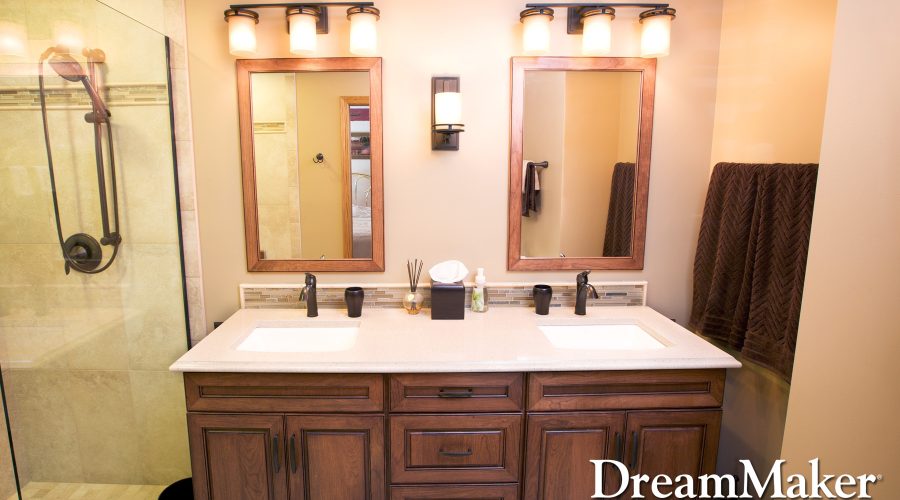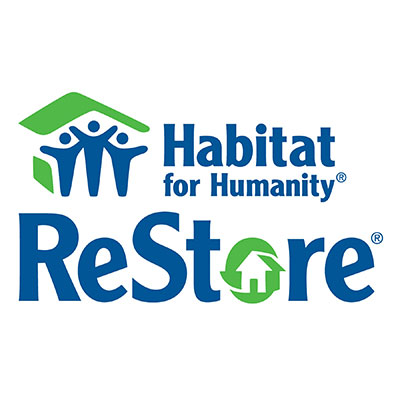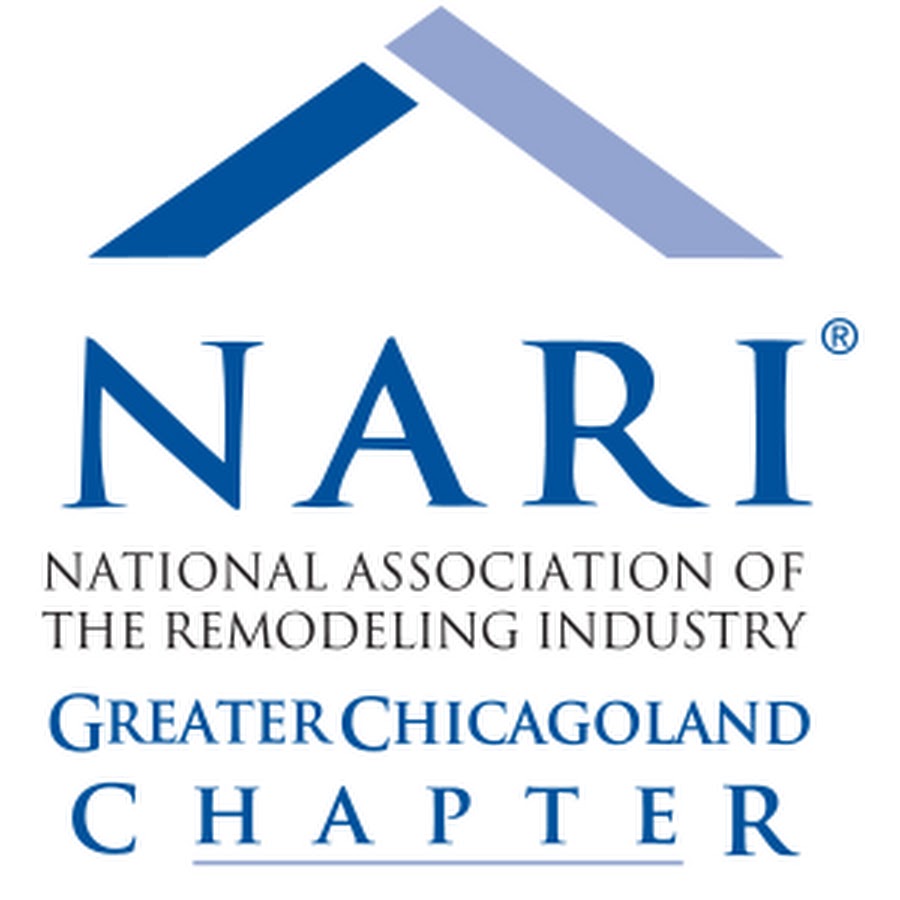
Universal design is beneficial not just for people who have limited accessibility, but for everyone! In this blog, local interior remodeling company DreamMaker Bath & Kitchen of Orland Park shares insight on applying universal design to your next home remodel.
What Is Universal Design?
Universal design is defined as design that’s aimed to make buildings and environments accessible to more people regardless of age, disability and other factors. A sidewalk ramp is a common application of universal design to an everyday object: it’s made to promote easy wheelchair access, but can be used by all.
In terms of home renovations, universal design can be applied in many ways. Kitchen counters and sinks can be positioned at several heights to allow one to perform tasks whether standing or sitting. Lever-handle bathroom faucets allow arthritic hands to use them without pain. Certain products such as freestanding tubs with thin walls are popular, yet are not universally accessible. Therefore, it is important to understand the principles of universal design when planning your remodeling project.
The 7 Principles of Universal Design
-
Equitable Use — It has to be useful to all, as in our earlier examples.
-
Flexibility in Use — It has to be usable in more than one way. The trendy freestanding bathtub can only be accessed by stepping into it, while an inset bathtub with thick walls lets you safely get in the tub by sitting on the rim and swinging your legs over—the safer way to get into the tub.
-
Simple & Intuitive Use — It shouldn’t require instructions to understand how to use it. For example, egress windows are required by international building codes to have no special skills to use.
-
Perceptive Information — It has to convey necessary information to the user. A good example of this is a bathroom fixture that dispenses both hot and cold water. It has to have markings on it that indicate hot and cold, which could be conveyed in words, symbols (fire and ice), or color (red and blue).
-
Tolerance for Error — It must help minimize hazards and adverse consequences. Safety features such as anti-slip surfaces, handrails and hazard warnings are some examples.
-
Low Physical Effort — It must be usable with minimum effort by the user.
-
Size & Space for Approach & Use — It must have the appropriate size and space for approach, reach and use, regardless of user’s body size, posture, and mobility. Kitchen sinks of different heights are one example.
Learn More From DreamMaker Bath & Kitchen
DreamMaker Bath & Kitchen of Orland Park is your leading provider of home renovation services. If you have questions about universal design and how to apply it to your home, give us a call at (708) 320-3417 or fill out our contact form to schedule an appointment.








